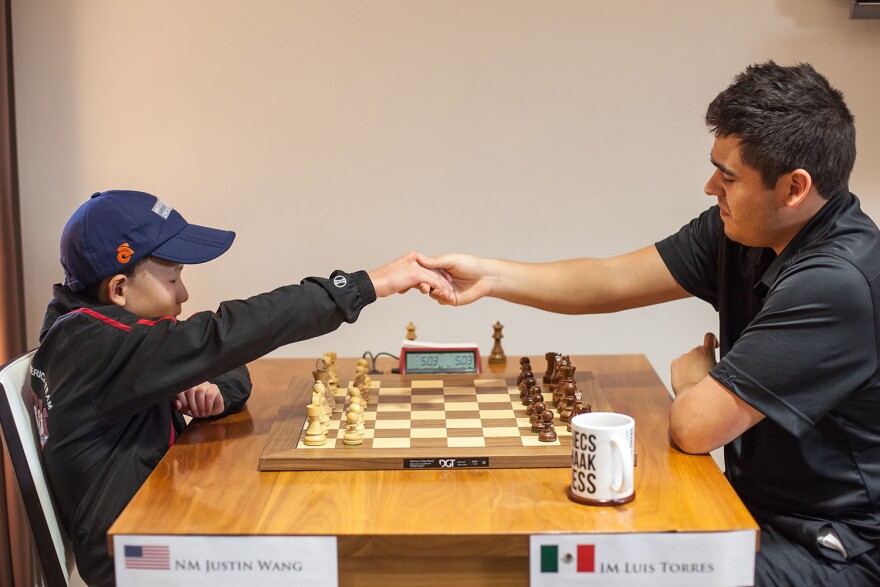For six days, 20 players from all over the world battled it out through nine strenuous rounds of chess at the 2017 St. Louis Invitational. The event featured two 10-player round-robin sections in which players competed for a chunk of the $15,000 prize fund. More importantly, many of the players strived to earn grandmaster and international master norms, which would bring them closer to attaining the respective titles.
Earning a norm requires a high-scoring tournament performance against other strong players — an incredibly difficult task. To earn the GM title, a player must accumulate three GM norms and a minimum 2500 Elo rating, system that estimates a player's strength based on results, and is widely used to place players into categories.The IM title requires three IM norms and a 2400 Elo.
Many players only dream of achieving the status of IM or GM, a pursuit that requires years of hard work, persistence, and full devotion to the game. Sometimes that is not even enough. As someone who is actively pursuing the grandmaster title, I have tremendous respect for the approximately 1,500 players on the planet who have reached that status. They possess a depth of understanding of the game that the vast majority of players never attain.
The GM norm section featured a tense, last round for two norm-seekers. Both Daniel Gurevich and John Burke racked up 5/8 points and needed a final round win to clinch a GM Norm. For Burke, an American, everything went his way. He unleashed an ultra-sharp opening with the black pieces against Aman Hambleton.
After many complexities in the middlegame, Burke achieved a clear positional edge and managed to convert the advantage in an instructive endgame. On top of the norm, Burke also captured clear first place and a $2,000 prize. With two GM norms and a 2500+ Elo in his possession, Burke needs one more norm to get the GM title. That’s easier said than done.
Unfortunately for Gurevich, his last round hopes did not go as planned. He faced steep competition against Ashwin Jayaram. The game ended in a fighting draw and Gurevich missed the norm by half a point.

In the IM section, players needed to score 6/9 points to earn an IM norm. Impressively, the youngest and lowest rated player of the event made it seem like a breeze. At age 12, Justin Wang of the U.S. scored 6 points after 8 rounds to clinch his very first IM Norm. In his crucial round 8 game, he defeated Annie Wang in a topsy-turvy battle. Despite having a worse position in the middlegame, Wang displayed incredible resourcefulness to turn the game in his favor, and tied for first with Luis Torres with 6.5/9. In the ensuing blitz playoff, Wang continued his winning ways, showing strong tactical precision and defeating his formidable opponent in back-to-back blitz games. Wang earned a sweet $1,200 for his performance. That’s not a bad payday for a 12-year-old.
For many norm hopefuls, this event was a learning experience. Aman Hambleton of Canada needs one more GM norm to become a grandmaster. In March of this year, he vowed to stop shaving until he becomes a grand master. As this tournament did not fulfill his goal, the beard will continue to grow. At the highest levels, one must not become too fixated on rating or norms, but rather focus on mental toughness, self-discipline and further improvement.

